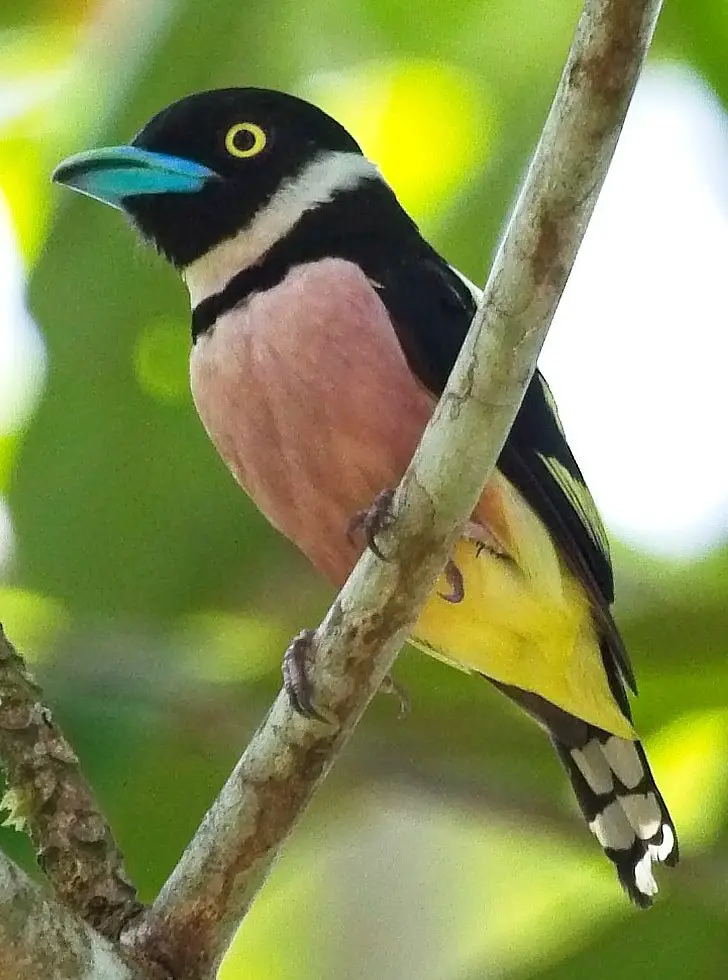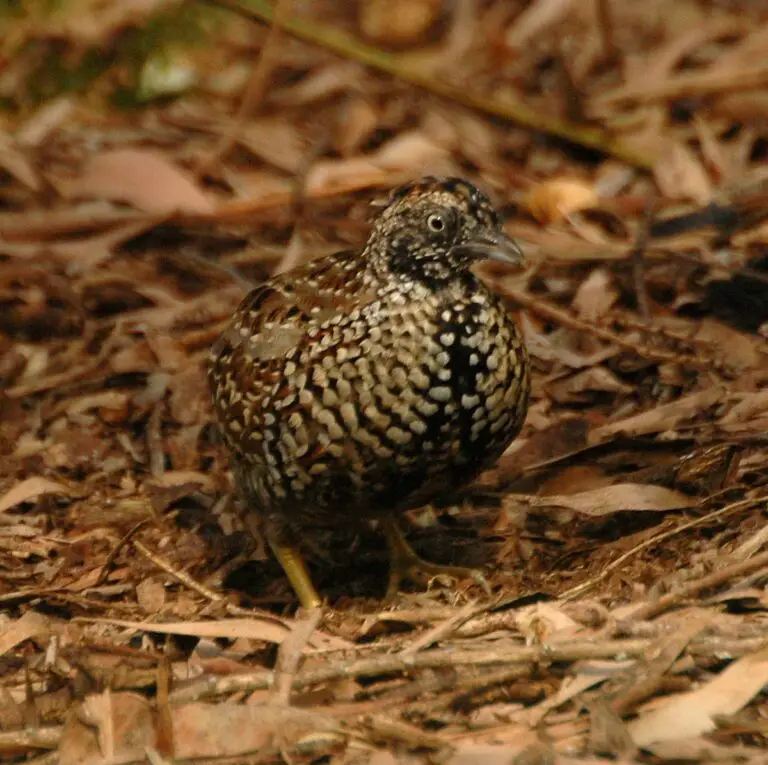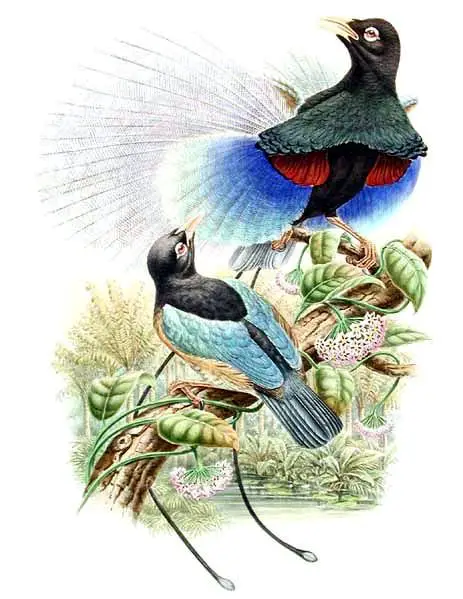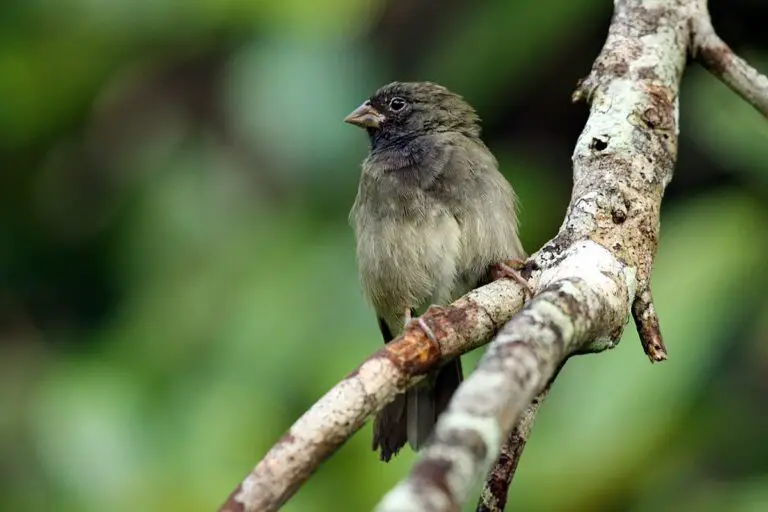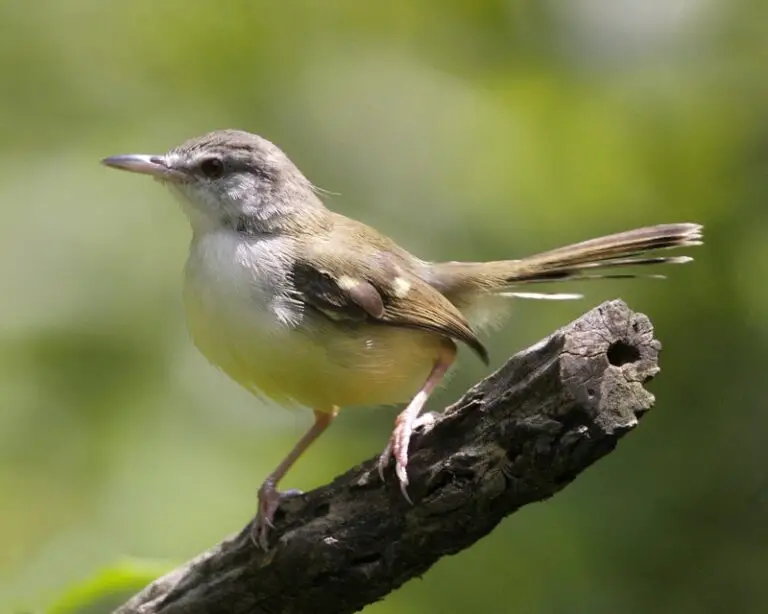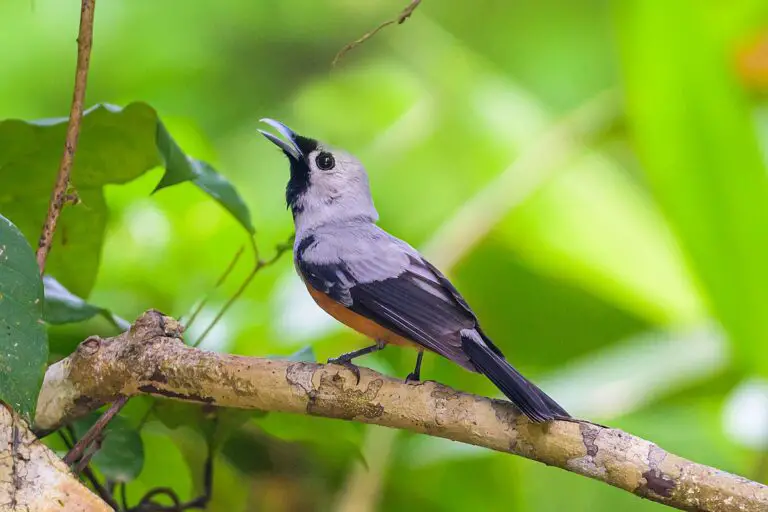Black-headed grosbeak
“The Black-headed grosbeak’s vibrant plumage and melodious song brighten even the darkest of days.”
Best Quotes for Black-headed grosbeak Bird
Black-headed grosbeak Lifespan related to Black-headed grosbeak Predators & Black-headed grosbeak Conservation Status also Black-headed grosbeak Location and Habitat important regarding Black-headed grosbeak Reproduction & Black-headed grosbeak Diet for Black-headed grosbeak Behavior of the Bird
Black-headed grosbeak Scientific Classification
Domain: Eukaryota
Kingdom: Animalia
Phylum: Chordata
Class: Aves
Order: Passeriformes
Family: Cardinalidae
Genus: Pheucticus
Species: P. melanocephalus
Data Source: Wikipedia.org
Black-headed grosbeak Characteristics
The Black-headed Grosbeak is a colorful bird found in North America. It has a black head, bright orange breast, and white wing bars. These birds are known for their beautiful song and can be found in forests and woodlands. They primarily feed on seeds, insects, and fruits. During the breeding season, they build nests in trees and shrubs. Black-headed Grosbeaks are migratory birds, spending winters in Mexico and Central America. They are a delight to see and hear in the wild, adding color and music to the environment.
Black-headed grosbeak Lifespan
The Black-headed grosbeak typically lives for around 5 to 7 years in the wild. However, some individuals have been known to live up to 10 years or more in captivity.
Black-headed grosbeak Diet
Black-headed grosbeaks primarily eat insects, fruits, and seeds. They have a varied diet that includes caterpillars, beetles, berries, and sunflower seeds. They use their strong beaks to crack open seeds and catch insects in trees and shrubs.
Black-headed grosbeak Behavior
Black-headed grosbeaks are known for their loud and melodious songs. They are social birds that often gather in groups to forage for insects and seeds.
Black-headed grosbeak Reproduction
Black-headed grosbeaks reproduce by building nests in trees and shrubs. The female lays 3-4 eggs which hatch after 12-14 days. Both parents care for the young until they fledge.
Black-headed grosbeak Location and Habitat
The Black-headed grosbeak can be found in forests and woodlands across North America. They are often seen perched in trees or flying between branches in search of insects, seeds, and fruits.
Black-headed grosbeak Conservation Status
The Black-headed grosbeak is of least concern in terms of conservation status, meaning its population is stable and not at risk of becoming endangered.
Black-headed grosbeak Predators
The predators of the Black-headed grosbeak include hawks, snakes, and domestic cats. They may also face threats from squirrels and raccoons.
Black-headed grosbeak FAQs
- What does a Black-headed grosbeak look like?
Answer: A Black-headed grosbeak has a black head, white and black wings, and a bright orange breast. - What do Black-headed grosbeaks eat?
Answer: Black-headed grosbeaks primarily eat insects, fruits, seeds, and berries. - Where can Black-headed grosbeaks be found?
Answer: Black-headed grosbeaks can be found in western North America, particularly in wooded areas. - Are Black-headed grosbeaks migratory birds?
Answer: Yes, Black-headed grosbeaks migrate to Mexico and Central America for the winter. - How can I attract Black-headed grosbeaks to my yard?
Answer: Planting fruit-bearing trees and shrubs, providing bird feeders with seeds and suet, and offering fresh water can attract Black-headed grosbeaks. - Do Black-headed grosbeaks mate for life?
Answer: Black-headed grosbeaks are monogamous and typically mate for one breeding season. - How can I identify the song of a Black-headed grosbeak?
Answer: The song of a Black-headed grosbeak is a series of rich, whistled notes that can be described as melodious. - Do Black-headed grosbeaks nest in trees?
Answer: Yes, Black-headed grosbeaks build their nests in trees using twigs, grasses, and other plant materials. - Are Black-headed grosbeaks considered a threatened species?
Answer: No, Black-headed grosbeaks are not considered a threatened species and are relatively common in their range. - How can I help conserve Black-headed grosbeak populations?
Answer: You can help conserve Black-headed grosbeak populations by protecting their habitat, avoiding the use of pesticides that harm insects, and keeping cats indoors to prevent predation.
